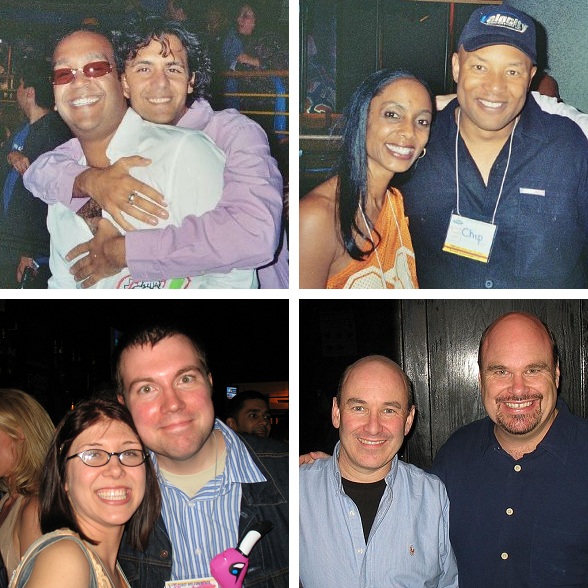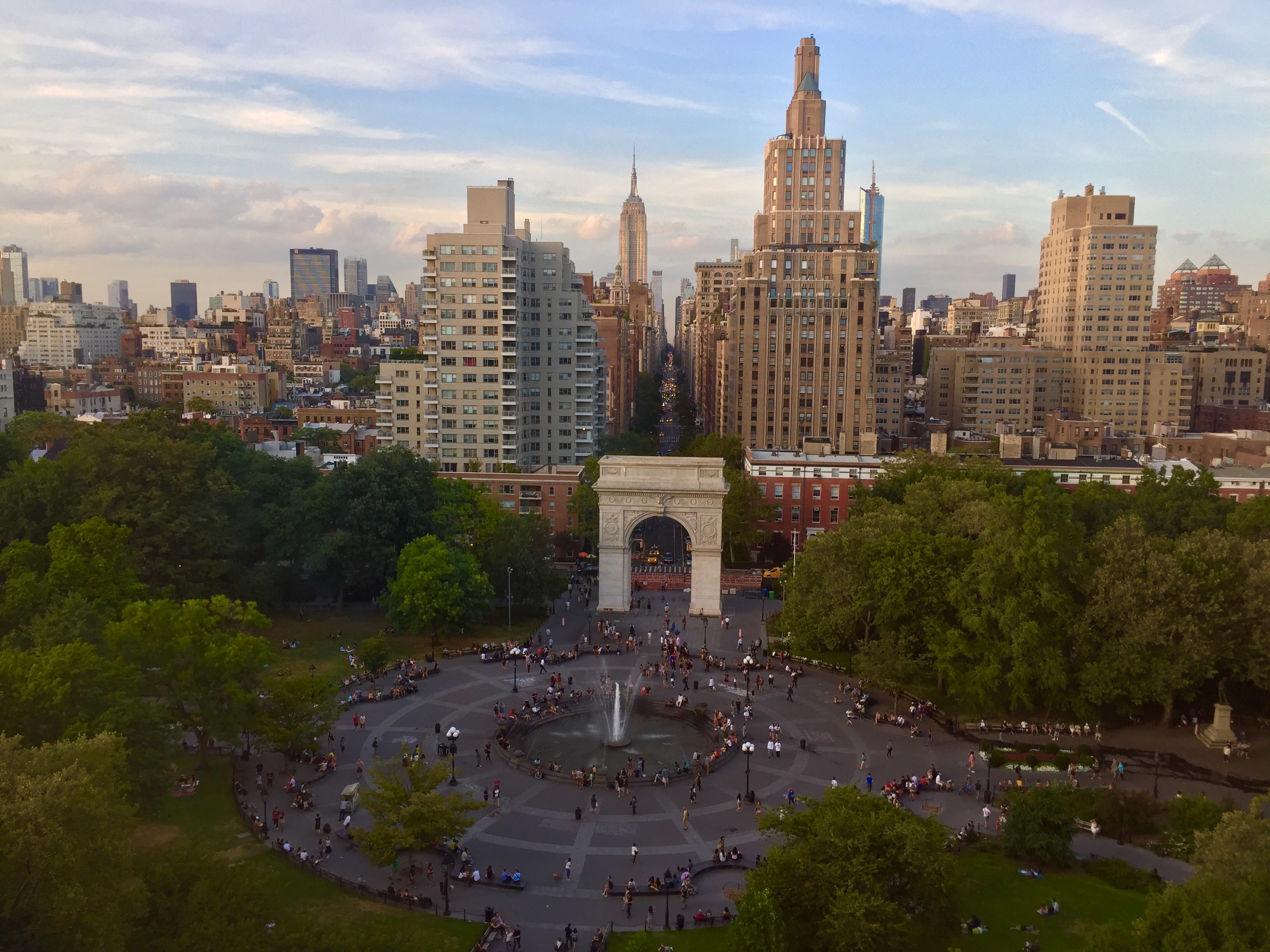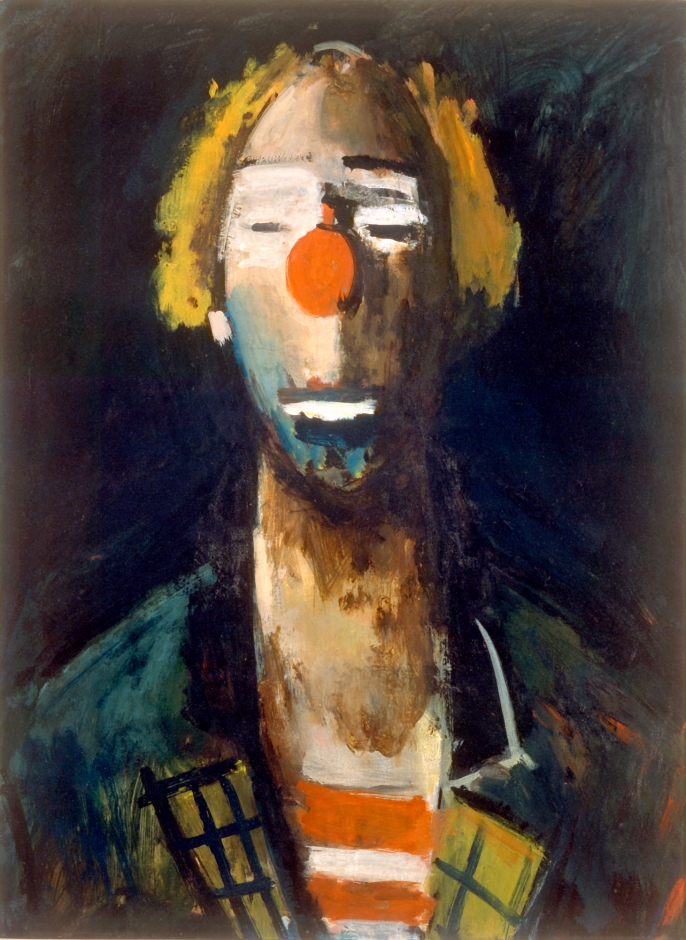|
Place Des Lices (Saint-Tropez)
Place des Lices also known as Place Carnot is a nineteenth century public square in the city of Saint-Tropez, France. Location Place des Lices is located south of the Saint-Tropez's Vieux Port at the convergence of Avenue Foch and Boulevard Vasserot. History The area of Place des Lices dates back to the ninth and tenth century when the field was likely used as a jousting ground as the original meaning of ''Lices'' was "jousting ground". By the early 1800s, the field was converted into a city square when twelve plane trees were planted. Between 1890 and 1940, Places des Lices became a popular gathering space for French artists particularly at the square's Café des Arts. Description Place des Lices is lined with rows of hundred year old plane trees on the square's white sandy ground. The edges of the square is lined with rows of cafés. The square also houses an eighteen century fountain. Activities Each Tuesday and Saturday, Place des Lices hosts a Provençal market. Locals at ... [...More Info...] [...Related Items...] OR: [Wikipedia] [Google] [Baidu] |
Saint-Tropez
, INSEE = 83119 , postal code = 83990 , image coat of arms = Blason ville fr Saint-Tropez-A (Var).svg , image flag=Flag of Saint-Tropez.svg Saint-Tropez (; oc, Sant Tropetz, ; ) is a commune in the Var department and the region of Provence-Alpes-Côte d'Azur, Southern France. It is west of Nice and east of Marseille, on the French Riviera, of which it is one of the best-known towns. In 2018, Saint-Tropez had a population of 4,103. The adjacent narrow body of water is the Gulf of Saint-Tropez (French: ''Golfe de Saint-Tropez''), stretching to Sainte-Maxime to the north under the Massif des Maures. Saint-Tropez was a military stronghold and fishing village until the beginning of the 20th century. It was the first town on its coast to be liberated during World War II as part of Operation Dragoon. After the war, it became an internationally known seaside resort, renowned principally because of the influx of artists of the French New Wave in cinema and the Yé-yé movement in mus ... [...More Info...] [...Related Items...] OR: [Wikipedia] [Google] [Baidu] |
Le Parisien
''Le Parisien'' (; French for "The Parisian") is a French daily newspaper covering both international and national news, and local news of Paris and its suburbs. It is owned by LVMH Moët Hennessy Louis Vuitton SE, better known as LVMH. History and profile The paper was established as ''Le Parisien libéré'' (meaning "The Freed Parisian" in English) by Émilien Amaury in 1944, and was published for the first time on 22 August 1944. The paper was originally launched as the organ of the French underground during the German occupation of France in World War II. The name was changed to the current one in 1986. A national edition exists, called ''Aujourd'hui en France'' (meaning "Today in France" in English). LVMH acquired the paper from Éditions Philippe Amaury in 2015. Circulation ''Le Parisien'' had a circulation near to one million copies in the early 1970s. The paper reached a circulation of 659,200 copies on 24 April 1995, the day after the first round of the presidentia ... [...More Info...] [...Related Items...] OR: [Wikipedia] [Google] [Baidu] |
Entertainment Weekly
''Entertainment Weekly'' (sometimes abbreviated as ''EW'') is an American digital-only entertainment magazine based in New York City, published by Dotdash Meredith, that covers film, television, music, Broadway theatre, books, and popular culture. The magazine debuted on February 16, 1990, in New York City. Different from celebrity-focused publications such as ''Us Weekly'', ''People'' (a sister magazine to ''EW''), and ''In Touch Weekly'', ''EW'' primarily concentrates on entertainment media news and critical reviews; unlike ''Variety'' and ''The Hollywood Reporter'', which were primarily established as trade magazines aimed at industry insiders, ''EW'' targets a more general audience. History Formed as a sister magazine to ''People'', the first issue of ''Entertainment Weekly'' was published on February 16, 1990. Created by Jeff Jarvis and founded by Michael Klingensmith, who served as publisher until October 1996, the magazine's original television advertising soliciting ... [...More Info...] [...Related Items...] OR: [Wikipedia] [Google] [Baidu] |
The Amazing Race
''The Amazing Race'' is an adventure reality game show franchise in which teams of two people race around the world in competition with other teams. The ''Race'' is split into legs, with teams tasked to deduce clues, navigate themselves in foreign areas, interact with locals, and perform physical and mental challenges that often highlight aspects of a location's culture, history, or economy. Over the course of the ''Race'', teams travel by airplanes, helicopters, trucks, bicycles, taxicabs, cars, trains, buses, boats and by foot. Teams are progressively eliminated at the end of most legs for being the last to arrive at designated Pit Stops, until only three remain. The first team to arrive at the finish line is awarded the grand prize. Created by Elise Doganieri and Bertram van Munster, the original series has aired in the United States since 2001 and has earned thirteen Primetime Emmy Awards, ten of them for "Outstanding Reality-Competition Program". Emmy-award-winning New Zeala ... [...More Info...] [...Related Items...] OR: [Wikipedia] [Google] [Baidu] |
The Amazing Race 30
''The Amazing Race 30'' is the thirtieth season of the American reality television show ''The Amazing Race''. It featured eleven teams of two competing in a race around the world. The season premiered on CBS on January 3, 2018, and the two-hour season finale aired on February 21, 2018. Dating reality stars Cody Nickson and Jessica Graf (from ''Big Brother 19'') were the winners of this season, while debaters Henry Zhang and Evan Lynyak finished in second place, and professional skiers Kristi Leskinen and Jen Hudak finished in third. Production Development and filming As happened before in the twenty-fifth and twenty-seventh seasons, the show's official website announced that they would begin filming on October 1, 2017, at Washington Square Park in New York City, and invited fans to join them as they saw the new teams off. This season introduced Head-to-Head competitions, where two teams had to compete directly against one another. Additionally, for the first time, teams swa ... [...More Info...] [...Related Items...] OR: [Wikipedia] [Google] [Baidu] |
Charles Camoin
Charles Camoin (; 23 September 1879 – 20 May 1965) was a French expressionist landscape painter associated with the Fauves. ''Les Fauves: A Sourcebook'', by Russell T. Clement, p. 2, web: -->&lpg=PA2 Google Books Born in Marseille, France, Camoin met Henri Matisse in Gustave Moreau's class at the École des Beaux-Arts in Paris. Matisse and his friends (including Camoin, Henri Manguin, Albert Marquet, Georges Rouault, André Derain and Maurice de Vlaminck) formed the original group of artists labeled the Fauves (meaning "the wild beasts") for their wild, expressionist-like use of color. Camoin always remained close to Matisse. He painted a portrait of Matisse, which is in the permanent collection of the Pompidou Museum in Paris. Charles Camoin's works have been widely shown in France and are in such major collections as the Musée d'Art Moderne de la ville de Paris in addition to the Centre Georges Pompidou and many of the French regional museums. In 1955, he was awarded ... [...More Info...] [...Related Items...] OR: [Wikipedia] [Google] [Baidu] |
Henri Matisse
Henri Émile Benoît Matisse (; 31 December 1869 – 3 November 1954) was a French visual artist, known for both his use of colour and his fluid and original draughtsmanship. He was a draughtsman, printmaker, and sculptor, but is known primarily as a painter. Matisse is commonly regarded, along with Pablo Picasso, as one of the artists who best helped to define the revolutionary developments in the visual arts throughout the opening decades of the twentieth century, responsible for significant developments in painting and sculpture. The intense colourism of the works he painted between 1900 and 1905 brought him notoriety as one of the Fauves ( French for "wild beasts"). Many of his finest works were created in the decade or so after 1906, when he developed a rigorous style that emphasised flattened forms and decorative pattern. In 1917, he relocated to a suburb of Nice on the French Riviera, and the more relaxed style of his work during the 1920s gained him critical acclaim ... [...More Info...] [...Related Items...] OR: [Wikipedia] [Google] [Baidu] |
National Museum Of History And Art
The National Museum of History and Art ( lb, Nationalmusée fir Geschicht a Konscht, french: Musée national d'histoire et d'art, german: Nationalmuseum für Geschichte und Kunst), abbreviated to MNHA, is a museum located in Luxembourg City, in southern Luxembourg. It is dedicated to displaying artworks and artefacts from all epochs of Luxembourg history. The museum is situated in Fishmarket, the historic heart of the city, in the Ville Haute quarter. History The first proposal for such a museum was made during the French occupation of the Revolutionary Wars, when Luxembourg was annexed into the département of Forêts. However, the museum was never opened, despite the expropriation of a number of artefacts from the church. With the affirmation of Luxembourg's independence under the 1839 Treaty of London came a greater interest by native Luxembourgers in promoting the history of their country. In 1845, historians and archaeologists formed the 'Society for the Study and ... [...More Info...] [...Related Items...] OR: [Wikipedia] [Google] [Baidu] |
Joseph Kutter
Joseph Jean Ferdinand Kutter (1894–1941) is considered one of Luxembourg's most important painters. He was greatly influenced by the Impressionists but developed his own distinctive Expressionist style. Early life Kutter was born on 12 December 1894 in Luxembourg City where his father, Paul Kutter, was one of the city's early photographers. Hoping to become a painter, he first attended the ''Ecole d'Artisans'' in Luxembourg and then the schools of decorative art in Strasbourg and Munich. From 1917 to 1918, he studied at the Munich Academy where he was introduced to a style of painting inspired by Wilhelm Leibl."Kutter et l'expressionisme européen", Musée national d'histoire et d'art, Luxembourg, 7 juillet – 19 août 2007". . Artistic career From 1919, after being strongly influenced by Cézanne, he presented his paintings at the Secessionist exhibitions in Munich. Although he returned to Luxembourg in 1924, he continued to exhibit in Munich until 1932 as a result of the ... [...More Info...] [...Related Items...] OR: [Wikipedia] [Google] [Baidu] |
Carnegie Museum Of Art
The Carnegie Museum of Art, is an art museum in the Oakland neighborhood of Pittsburgh, Pennsylvania. Originally known as the Department of Fine Arts, Carnegie Institute and was at what is now the Main Branch of the Carnegie Library of Pittsburgh. The museum's first gallery was opened for public use on November 5, 1895. Over the years the gallery vastly increased in size, with new a new building on Forbes Avenue in 1907. In 1963, the name was officially changed to Museum of Art, Carnegie Institute. The size of the gallery has tripled over time and it was officially renamed in 1986 to - Carnegies Museum of Art - to clearly indicate it as on the four Carnegie Museums. History The museum's origins can be traced to 1886, with Andrew Carnegie's initial concept:W. J. Holland, LL.D., "The Carnegie Museum", in ''Popular Science'', May 1901. "I am thinking of incorporating with the plan for a library that of an art-gallery in which shall be preserved a record of the progress and devel ... [...More Info...] [...Related Items...] OR: [Wikipedia] [Google] [Baidu] |
Paul Signac
Paul Victor Jules Signac ( , ; 11 November 1863 – 15 August 1935) was a French Neo-Impressionist painter who, working with Georges Seurat, helped develop the Pointillist style. Biography Paul Signac was born in Paris on 11 November 1863. He followed a course of training in architecture before, at the age of 18, deciding to pursue a career as a painter, after attending an exhibit of Monet's work. He sailed on the Mediterranean Sea, visiting the coasts of Europe and painting the landscapes he encountered. In later years, he also painted a series of watercolors of French harbor cities. In 1884 he met Claude Monet and Georges Seurat. He was struck by the systematic working methods of Seurat and by his theory of colors and he became Seurat's faithful supporter, friend, and heir with his description of Neo-Impressionism and Divisionism method. Under Seurat's influence he abandoned the short brushstrokes of Impressionism to experiment with scientifically-juxtaposed small dots ... [...More Info...] [...Related Items...] OR: [Wikipedia] [Google] [Baidu] |
Pétanque
Pétanque (, ; oc, petanca, , also or ) is a sport that falls into the category of boules sports, along with raffa, bocce, boule lyonnaise, lawn bowls, and crown green bowling. In all of these sports, players or teams play their boules/balls towards a target ball. In pétanque the objective is to score points by having boules closer to the target than the opponent after all boules have been thrown. This is achieved by throwing or rolling boules closer to the small target ball, officially called a ''jack'' ''(fr: cochonnet)'', or by hitting the opponents' boules away from the target, while standing inside a circle with both feet on the ground. The game is normally and best played on hard dirt or gravel. It can be played in public areas in parks or in dedicated facilities called ''boulodromes''. The current form of the game was codified in 1907 or 1910 in La Ciotat, in Provence, France. The French name ''pétanque'' (borrowed into English, with or without the acute accent) com ... [...More Info...] [...Related Items...] OR: [Wikipedia] [Google] [Baidu] |
.jpg)







_2003.jpg)